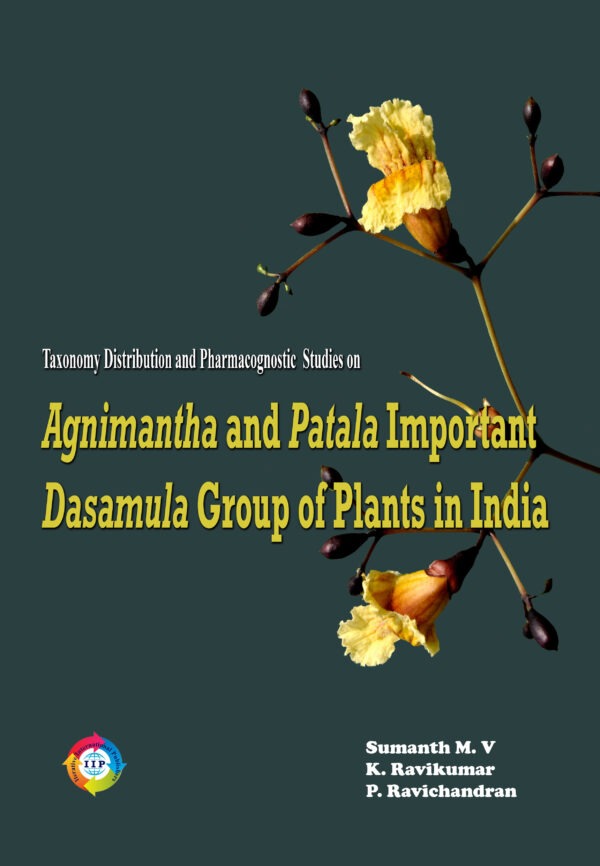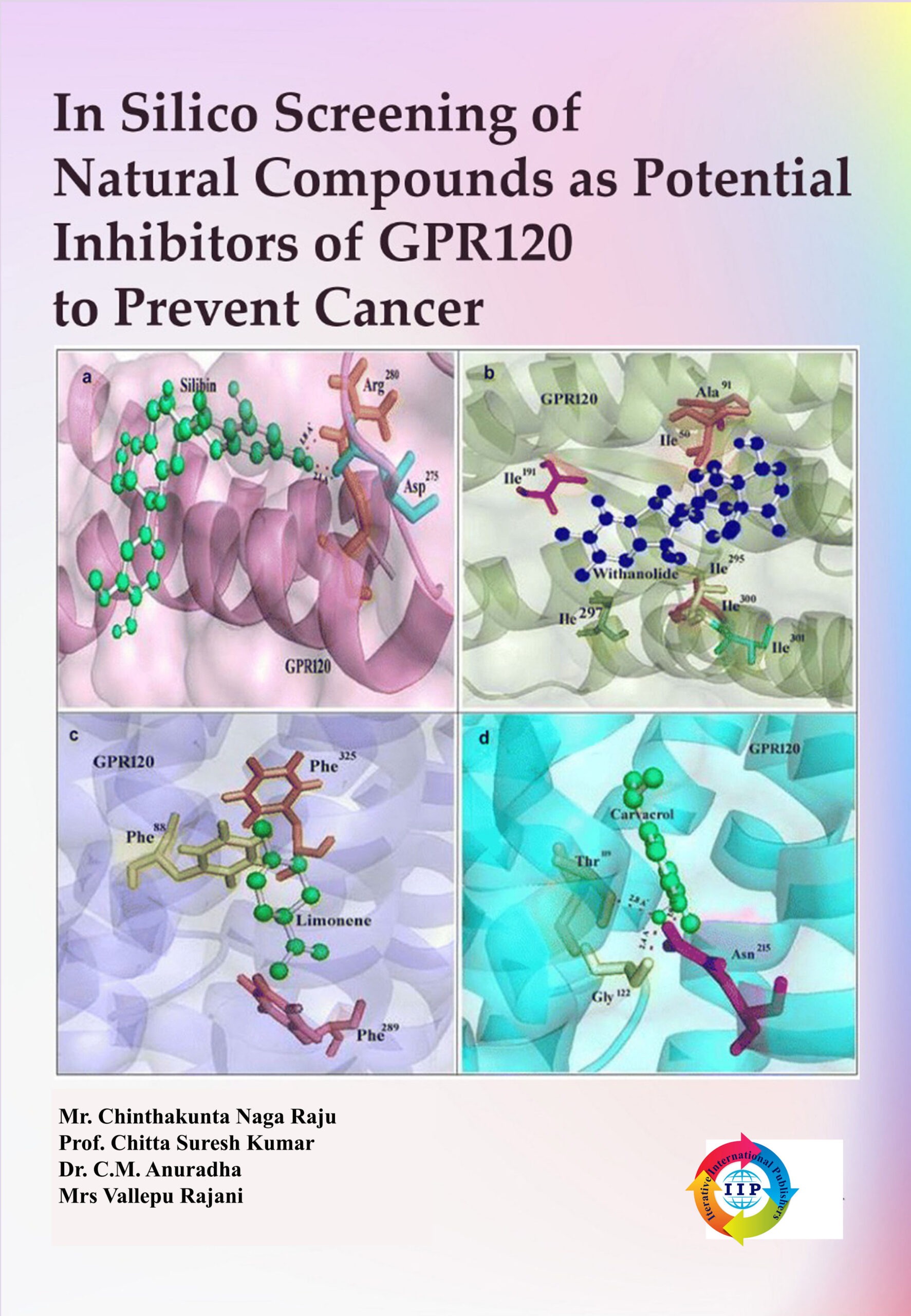Plants are the sources of life, on which humans relied directly or indirectly for all their basic needs. Traditionally plants have been used as medicines based on the empirical findings of hundreds and thousands of years. Ayurveda is considered as one of the oldest traditional Indian systems of medicine in which the medicinal knowledge and wisdom is recorded in the form of poems, songs and slokas, which dates to 2000 BCE. The herbal drugs are gaining more importance in upcoming generations. The conventional problem with herbal raw drugs is admixture of botanical entities due to complexities in understanding Sanskrit synonyms, etymological descriptions and correlating them with botanical characters that prescribed in Ayurvedic lexicons. Likewise botanical synonyms, nomenclature issues, vernacular names and availability of plant sources are the major component that leads to drug substitution or adulteration. Apart, admixture of botanical raw drugs with morphologically allied and geographically co-occurring species is the prevailing predicament in raw drug trade.
Based on the above context, this book intended in five chapters with detailed Introduction, Review of literature, Materials & Methods, Results, discussion, summary and conclusion that provides comprehensive details on taxonomy, distribution, botanical correlation with Sanskrit verses, synonyms and qualitative pharmacognostic analysis through Macroscopy and organoleptic characters, Histochemical studies, Physicochemical parameters, Phytochemical screening, Phytochemical finger printing through High Performance Thin Layer Chromatography (HPTLC) and Quantification of active ingredients through High Performance Liquid Chromatography (HPLC), that makes the readers to understand about macroscopic and phytoconstituent difference in genuine and recommended alternate botanical sources of Agnimantha and Patala that actually prescribed in Ayuvedic lexicons and also the adulterations in local trade.









Reviews
There are no reviews yet.